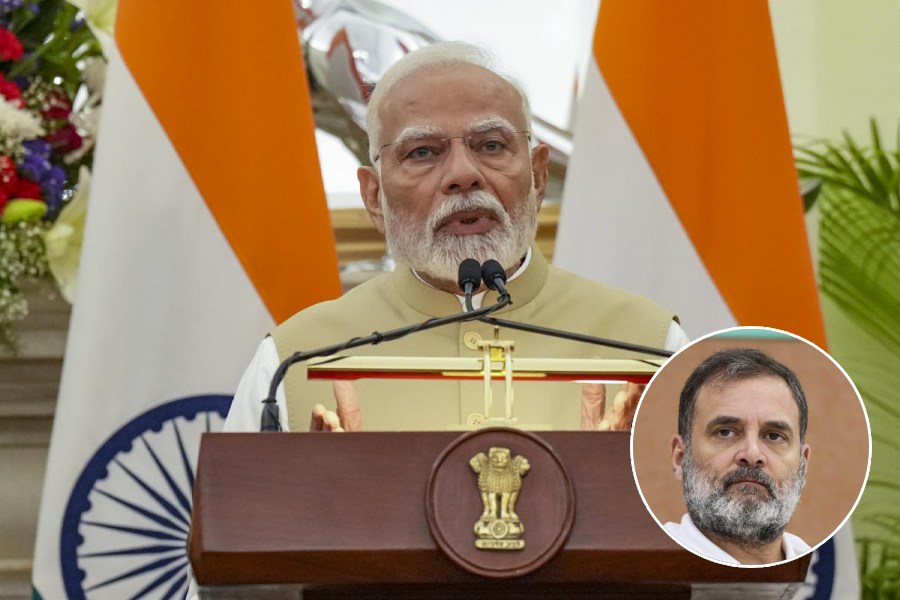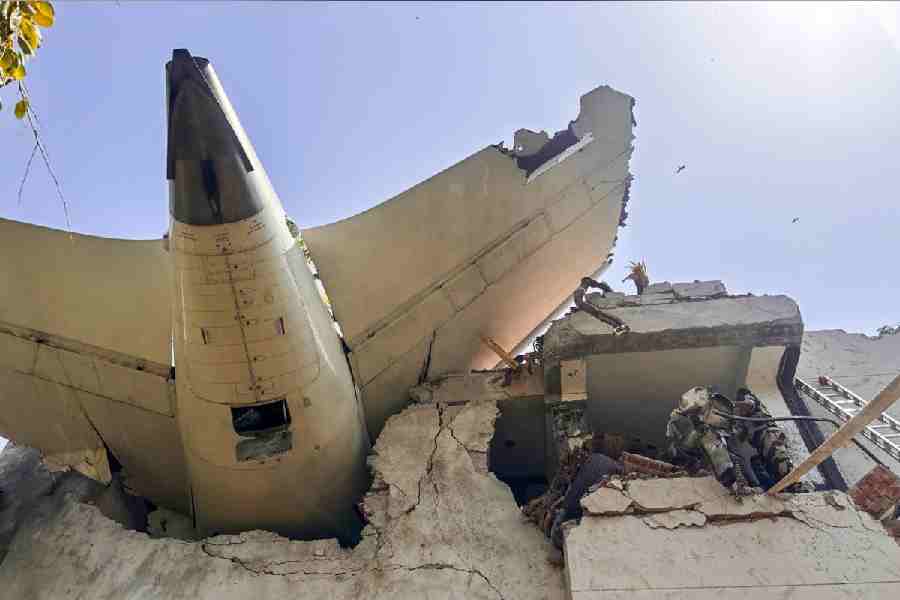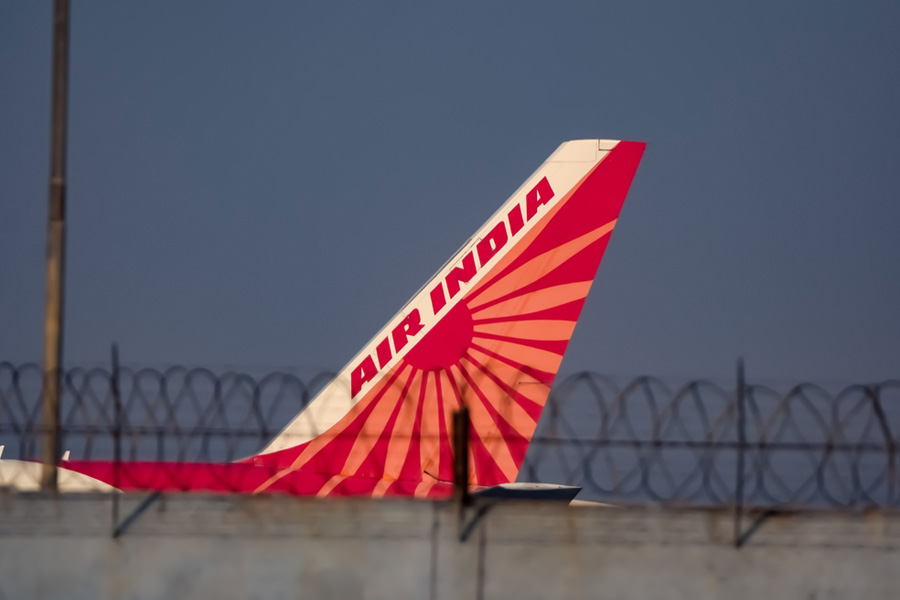New Delhi, May 14: Myanmar has granted autonomy to the NSCN (Khaplang), a Naga rebel group, in three districts of Sagaing, an administrative region in the northwest of the country, bordering Nagaland and Manipur to its north.
Y. Wangtin Naga, an NSCN (Khaplang) leader from India who was one of the six signatories of the April 9 ceasefire with the Myanmar government, told this correspondent, “Nagas have autonomy in Lahe, Layse and Nanyang in Sagaing region and we are looking for self-administration in more Naga populated districts in Kachin.”
Having struck a peace deal with Naypyidaw, the new capital of Myanmar, the rebels are hoping it will give them greater bargaining power with New Delhi.
“This is the first time in 70 years of Naga fighting that any organisation has signed agreements with two countries,” Wantin said.
The Khaplang cadres, who are now free to move unarmed anywhere in Myanmar, also want self-administration in the Naga areas of Mawlaik, Phongpyn and Homlin in Sagaing and Tanai (Teniang) and Shingbwiyang areas in Kachin state.
The group has managed to extract wee-bits of concessions by getting a ceasefire office at Khamti in northwest Myanmar and promises for developing roads, bridges and school buildings besides medical facilities in the districts already under self-administration.
Asked about democracy and the outfit’s view of National Democratic League leader Aung San Suu Kyi, Wangtin said the group had decided to keep silent and watch rather than comment on the political developments in Myanmar. He added that his group “respects” the Nobel laureate.
It was probably the new democratic movement that pushed Naypyidaw to begin striking peace deals. Wangtin, however, insisted that decks were being cleared for the talks at least for the past two years.
One belief has now become fundamental — without development, there is no future and without peace there won’t be development.
“The ceasefire (in Myanmar) was on public demand. Unless the economy is developed, people will be doomed,” said Wangtin, dressed immaculately in a crisp branded designer shirt and jeans, a departure from the camouflaged cargos and sweat-stained shirts worn in the humid jungles of Myanmar.
With peace and development as the new bywords, the Naga districts of Sagaing region, which has just one motorable road — the Ledo-Kunming Stilwell road built during World War II — are hungry for connectivity. Dirt roads are being built in Lahe, Shingbwiyang and Nanyang areas.
Wangtin, the first Indian rebel leader perhaps to go and sign an official deal with another country, also wants to keep peace on this side. His outfit had signed a ceasefire with New Delhi in 2001. Last week, it extended it for a year. “But talk from your hearts with Nagas, not simply with your minds,” he said in a veiled hint in favour of negotiation.
He said his group would remain silent on relations with the other rival Naga groups and rebel groups like Ulfa and those based in Manipur valley.
In the meantime, the outfit’s chairman, S.S. Khaplang, is trying to keep his flock together.
The group’s mix of ethnicity was also seen in the composition of the delegation that signed the ceasefire agreement with the Myanmar government at Khamti on April 9. Among the other five signatories were senior leaders Chowangsing and Angkan (both kilonsers or ministers), “brigadier” Angmei of Tangsang Naga tribe, Tikhak of Tangsa tribe, and a regional council member, Shanwang. Only Wangtin, a Konyak from Mon district of Nagaland, was an Indian.
“We had a precondition that three languages should be used while negotiating: Nagamese, English and Burmese,” Wangtin said. Accordingly, a Naga from Nagaland but with knowledge of Burmese was used as an interpreter that day.
The NSCN (K) was formed in 1988 after a power struggle in the undivided NSCN that was formed in 1980. Groups loyal to Khaplang dominate the Naga areas in Myanmar, an area estimated to be four times the Nagaland state.
In India, however, the NSCN faction led by Isak Chishi Swu and Thuingaleng Muivah is more powerful and in talks with the government of India for the past 15 years. Both factions are at loggerheads.
For both the groups, Naga identity and culture are of utmost importance — a fact that has a bearing on both geography and politics.
The Naga areas of Myanmar and India, just as within India across Manipur and Nagaland, are contiguous.
But the insensitivity in demarcation is glaring. A story goes that in the seventies, during demarcation of the India-Myanmar (then Burma) border, nine wives of the Longwa village angh (king) woke up one morning to find themselves in Burma — the angh had 20 wives, 11 of them living in India. To this day, the international border passes through the centre of this village in Mon district. “The British white men started the division,” said Wangtin.











